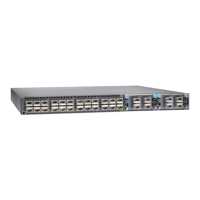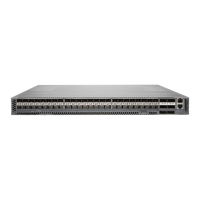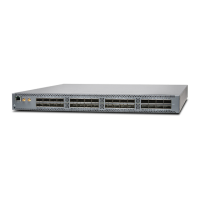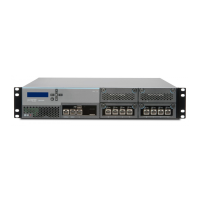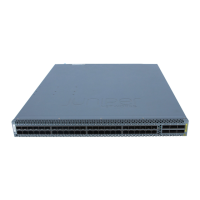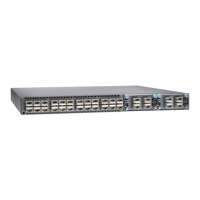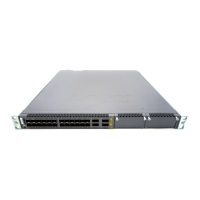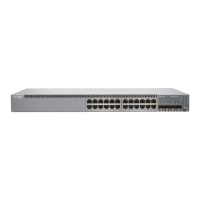CHAPTER 12
Performing Initial Configuration
•
Configuring a QFX3500 Device as a Standalone Switch on page 105
•
Adding a New Switch to an Existing QFX Series Virtual Chassis (CLI
Procedure) on page 107
•
Configuring a QFX Series Virtual Chassis (CLI Procedure) on page 109
Configuring a QFX3500 Device as a Standalone Switch
If you are using the QFX3500 device as a standalone switch, you must perform the initial
configuration of the QFX3500 device through the console port using the command-line
interface (CLI). If you are using the QFX3500 as a Node device in a QFX3000 QFabric
system, you instead perform the initial setup of a QFabric system on a QFX3100 Director
device (see Performing the QFabric System Initial Setup on a QFX3100 Director Group).
Before you begin connecting and configuring a QFX3500 device, set the following
parameter values on the console server or PC:
•
Baud Rate—9600
•
Flow Control—None
•
Data—8
•
Parity—None
•
Stop Bits—1
•
DCD State—Disregard
To connect and configure the device from the console:
1. Connect the console port to a laptop or PC using the supplied RJ-45 cable and RJ-45
to DB-9 adapter. The console (CON) port is located on the front panel of the device.
2. Log in as root. There is no password. If the software booted before you connected to
the console port, you might need to press the Enter key for the prompt to appear.
login: root
3. Start the CLI.
105Copyright © 2017, Juniper Networks, Inc.
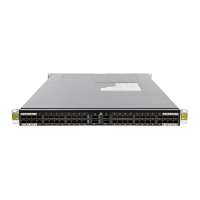
